$68.85 Original price was: $68.85.$48.20Current price is: $48.20.
SKU: D2LSC 1357012074 Categories: Hydrangeas, SHRUBS & BUSHES
- Safe Transactions, Always
- Effortless Shopping, Quality Products
- Safe Payments, the Smart Choice
- Easy, Fast Returns Guarantee

Let’s Dance ‘Can Do’ Hydrangea
Hydrangea serrata ‘SMNHSI’ USPPAF
Plant Details
USDA Plant Hardiness Zones: 4a-9b Find Your Zone
Plant Type: Deciduous Flowering Shrub
Height at Maturity: 3-4′
Width at Maturity: 3-4″
Suggested Spacing: 3′ apart for solid hedges; 6’+ apart for space between plants
Growth Habit / Form: Rounded Mound
Flower Color: Rich Violet Purple to Lavender in acid soil; Rich Strawberry Pink in neutral to alkaline soil
Flower Size: Large clusters 6-8″ diameter
Flowering Period: Early Summer through Fall!
Flower Type: Single in large clusters
Fragrant Flowers: No
Foliage Color: Green
Fragrant Foliage: No
Berries: NA
Berry Color: NA
Sun Needs: Part Shade (South) – Sun or Part Shade (North)
Water Needs: Average, Lower when established
Soil Type: Clay (amend heavy clay soils to improve drainage), Loam, Sand (amend quick draining soils for moisture retention), Silt
Soil Moisture / Drainage: Moist But Well-Drained
Soil pH: 6.0 – 8.0 (Moderately Acid to Moderately Alkaline)
Maintenance / Care: Low
Attracts: Visual Attention
Resistances: Deer, Disease, Heat, Humidity, Insect
Description
A new and innovative reblooming variety, the Let’s Dance ‘Can Do’ Hydrangea has so many great attributes it’s hard to know where to start with the description. As the folks at Proven Winners say, “this one is not just another pretty face!” Perhaps Can Do’s most unique attribute is its ability to create flower buds along the entire length of the stem rather than just at the stem tips like other big-leaf hydrangeas. This means that if a unusually harsh winter comes along and kills back a portion of the plant there will still be flower buds there to open in early summer. And this is what makes Can Do so cold hardy as far north as USDA Zone 4, where it not only survives but will bloom. Can Do also reblooms quicker on new summer growth than others, so you don’t have to wait until fall for the second bloom cycle to occur. The large and elegant lacecap flowers have so many showy sterile florets that they totally obscure the tiny fertile florets, resulting in clusters that appear more like those of the mophead hydrangeas. You choose the color of the flowers, which are a luscious pink in neutral to alkaline (sweet) soils and a lovely violet-purple to lavender in acidic ones. Apply aluminum sulfate to acidify soil or agricultural pelletized lime to sweeten.
Landscape & Garden Uses
Growing naturally in a rounded mound 3 to 4 feet tall and equally as wide, the Can Do Hydrangea is ideal for use as an accent in smaller garden spaces or as a solo or combined with other plants in container gardens. In larger spaces it is stunning in groupings or as a hedge in landscape borders. Also an excellent colorful accent in home foundation plantings. A fine addition to Hydrangea gardens, cut flower gardens, purple or pink theme gardens, and cottage gardens.
Suggested Spacing: 2.5 to 3 feet apart for solid hedges; 5 feet or more apart for space between plants
Growing Preferences
The Can Do Hydrangea is very easy to grow in most any moist but well-drained soil with average fertility and full sun to part shade in northern zones and part shade (morning sun with afternoon shade or filtered sun) in southern zones. For best flowering, we suggest 4 hours of direct sun light per day. As with so many other ornamental plants, a constantly soggy or wet soil is problematic.
Note: You choose the flower color. An acid soil will create blue shades while a neutral to alkaline soil creates pink shades. Anything in between makes purple to lavender shades. Learn more about soil pH and how to adjust it.
The plants will tolerate full sun in northern zones however appreciate some afternoon shade or filtered sun in warmer southern zones. We recommend at least 5 hours of direct sunlight per day or all day lightly filtered sun for best flowering.
Pruning: Can Do is an everblooming Hydrangea macrophylla species that produces its flowers from buds formed on both old wood from the previous fall and new growth in the current summer. Therefore, it’s best to avoid pruning or prune as you would an Endless Summer Hydrangea or other everblooming hydrangeas.
Get tips for proper pruning time and technique in our article titled How To Prune Various Types Of Hydrangea
Helpful Articles
Click on a link below to find helpful advice from our experts on how to plant and care for mophead Hydrangeas.
How To Plant Hydrangeas In The Ground & Pots
How To Prune Various Types Of Hydrangea
How To Fertilize And Water Hydrangeas
Plant Long & Prosper!
Meet The Wilson Brothers & Staff
Questions? Contact Us
Be the first to review “Let’s Dance ‘Can Do’ Hydrangea – 3 Gallon Pot” Cancel reply
Related products
Sale!
SHRUBS & BUSHES
Sale!
SHRUBS & BUSHES
Sale!
Sale!
SHRUBS & BUSHES
Sale!
Gardenias
Sale!
SHRUBS & BUSHES
Sale!
Sale!
SHRUBS & BUSHES






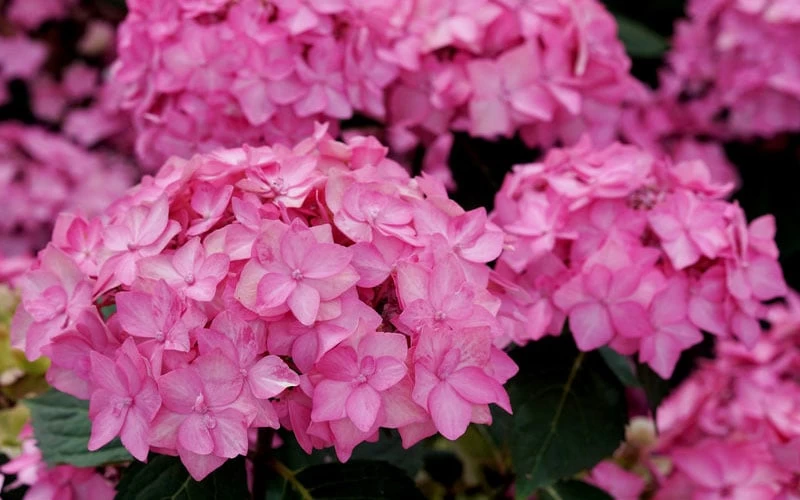
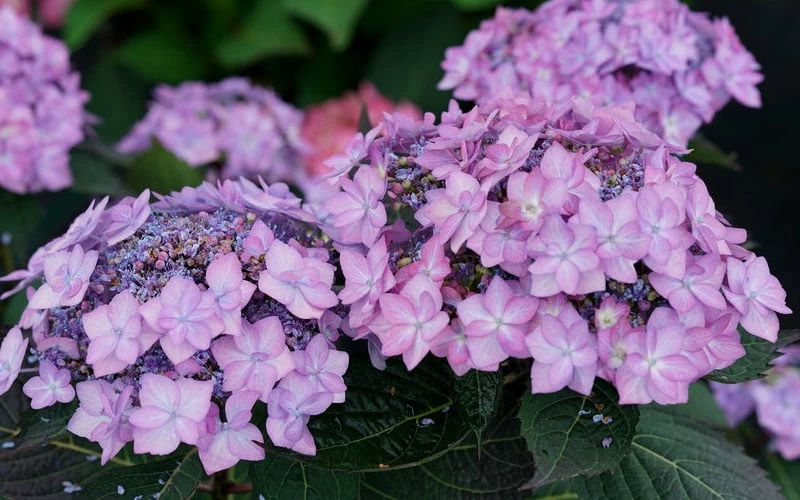
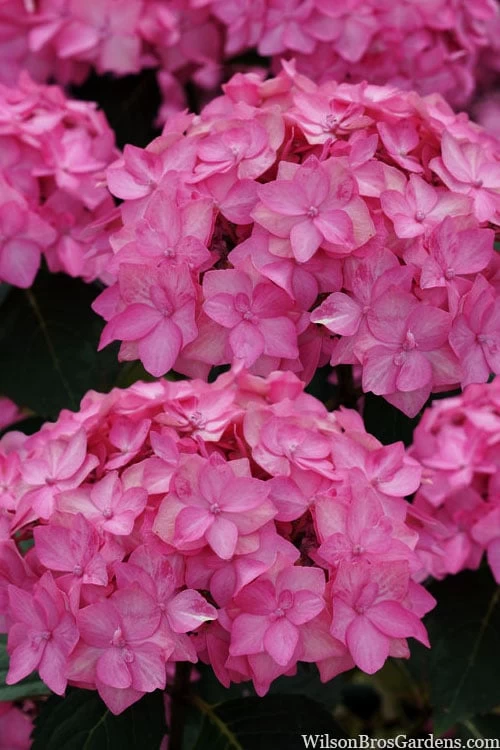





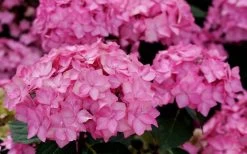
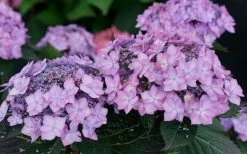

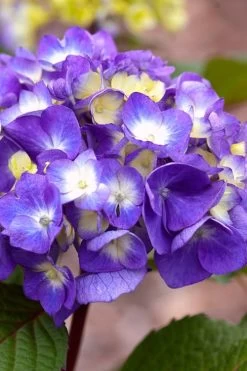

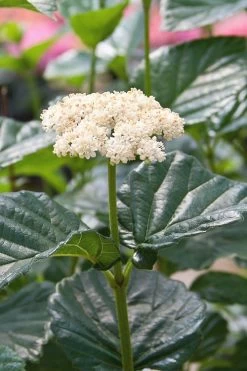
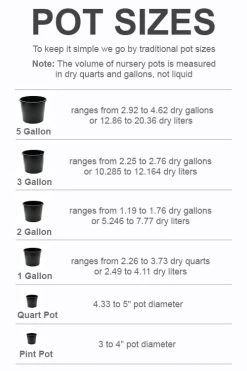
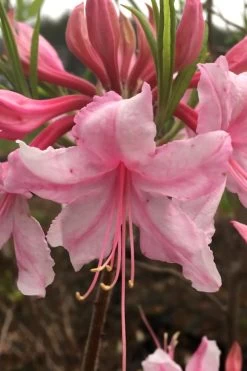

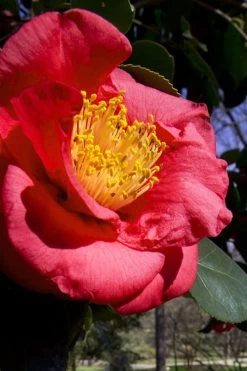

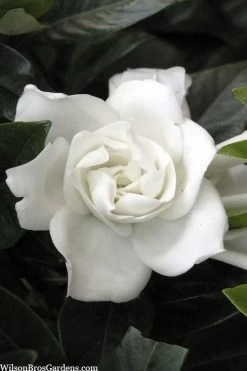

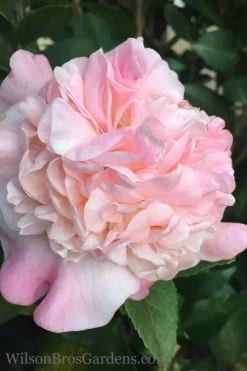
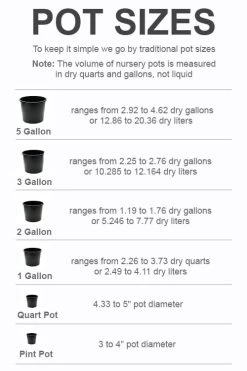

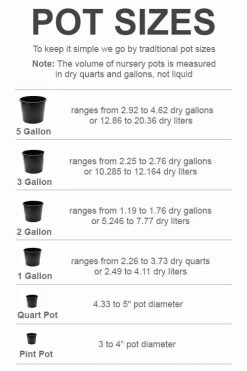
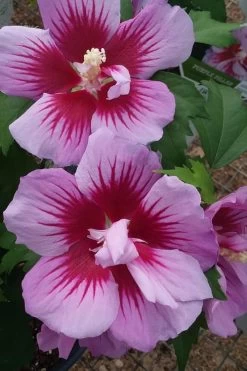

Reviews
There are no reviews yet.